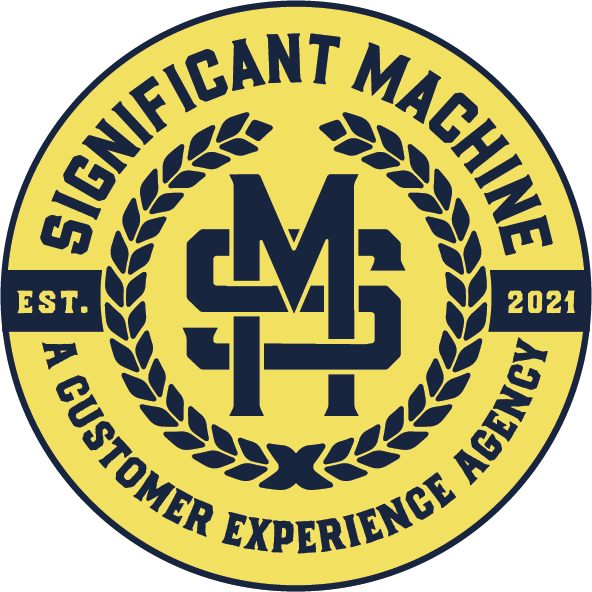What is an Experience Metric and Why is it Important?
An Experience Metric is a metric that focuses on the end-user experience. It is also called UX (User Experience) or UE (User Experience). A good experience metric will give you feedback on the success of your product regarding user adoption, engagement, and perception.
Experience metrics can be used with other metrics to make better decisions about product management. For example, you can see if your marketing efforts are working by looking at how they affect user adoption and engagement levels.
There is no perfect metric that can be used in every situation. It’s important to know when and how to use different metrics in order to make the best decisions for your product.
How to Use Metrics Effectively as a Marketing Tool
Metrics are a very important part of any marketing campaign. It is the only way marketers could see the success or failure of their campaign.
In order to measure success, metrics need to be set up from the start. For instance, if you want to know how many customers and leads your marketing and sales team brings in every day, you will need to set up a conversion pixel on your website so that it can count clicks and conversions.
Another important aspect of using metrics as a marketing tool is knowing which metrics are most relevant for your business goals. For example, if you want to increase customer retention rates over time, then instead of trying to improve website traffic or conversion rates, focus on the number of returning visitors and purchases of that segment.
How to Evaluate Marketing Data Metrics
The question of how to evaluate marketing data metrics is one that we often face, and we should be ready with a set of questions for our marketing team.
Marketing data metrics can be difficult to evaluate, but there are some parameters that we should be asking. We should ask about the methodology of the study, originality, and how they analyzed the data. We should also check for bias.
The purpose of the metrics should be clear upfront. Defining what success looks like will help you establish whether you are achieving your goals. The metrics also need to be easy to collect and comprehend so you can become familiar with them.
You should ask yourself if there is a trend amongst the numbers and if it’s reliable enough that you can base decisions on it. You also want to check if there is an outside factor that could affect the metric, such as seasonal climate change or other events happening.
Customer Satisfaction and Loyalty – The Most Important Metrics for Customer Retention
Customer satisfaction and loyalty are the most important metric for customer retention. Customer loyalty is the act of staying committed to a company, no matter what. Customer satisfaction is a metric that companies use to measure the quality of their service and how satisfied customers are. The two metrics are intertwined because without customer loyalty, customer satisfaction would be meaningless.
The more satisfied customers are with a company, the more likely they are to stay loyal to that company.
Satisfaction is the feeling of pleasure, contentment, or fulfillment with someone or something. It can be measured in terms of customer loyalty. This is because customer satisfaction is closely tied to the quality of service that a company provides.
When service quality increases, customer satisfaction also increases. This leads to higher levels of customer retention as well as increased sales and profits. This leads to higher levels of customer retention as well as increased sales and profits.
Customer Experience Measurement (CEM) will continue to be a growing need within the Enterprise. Reach out to Significant Machine to help you setup a CEM framework.
